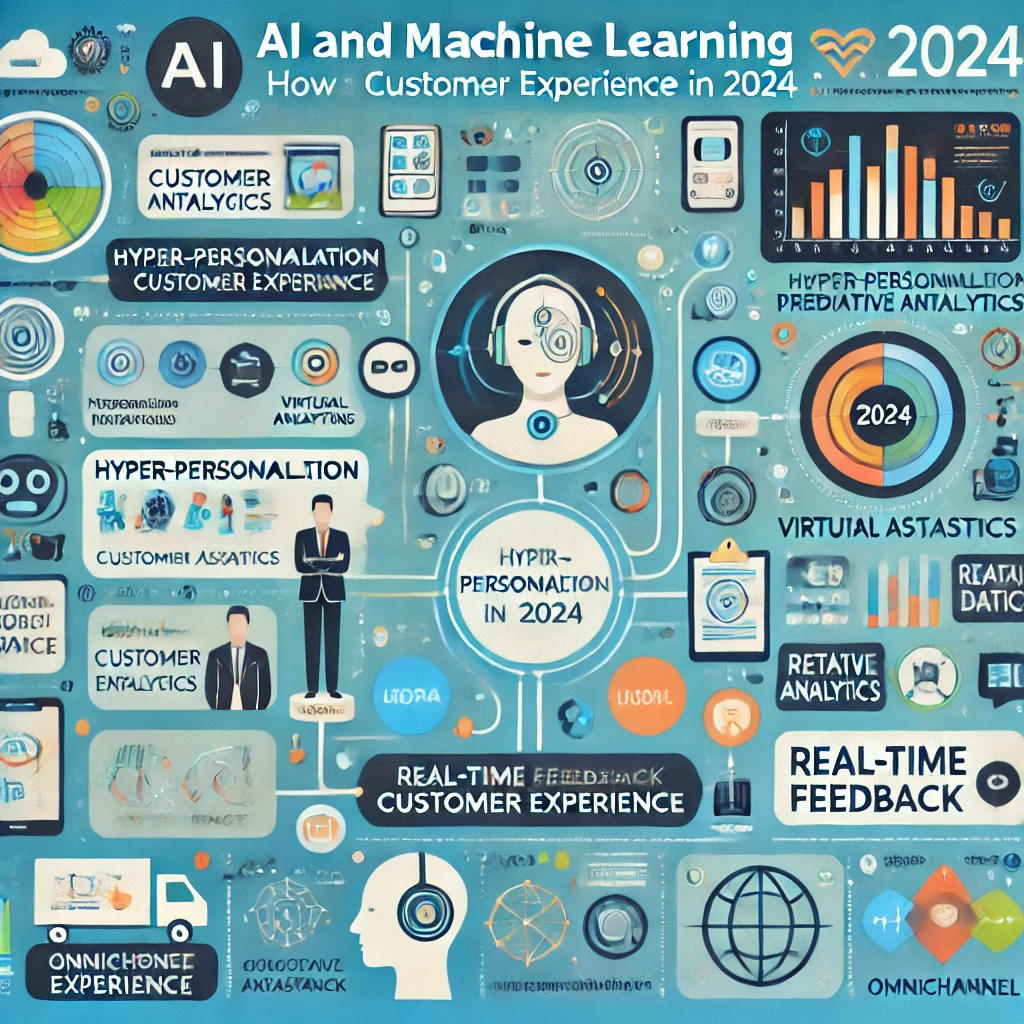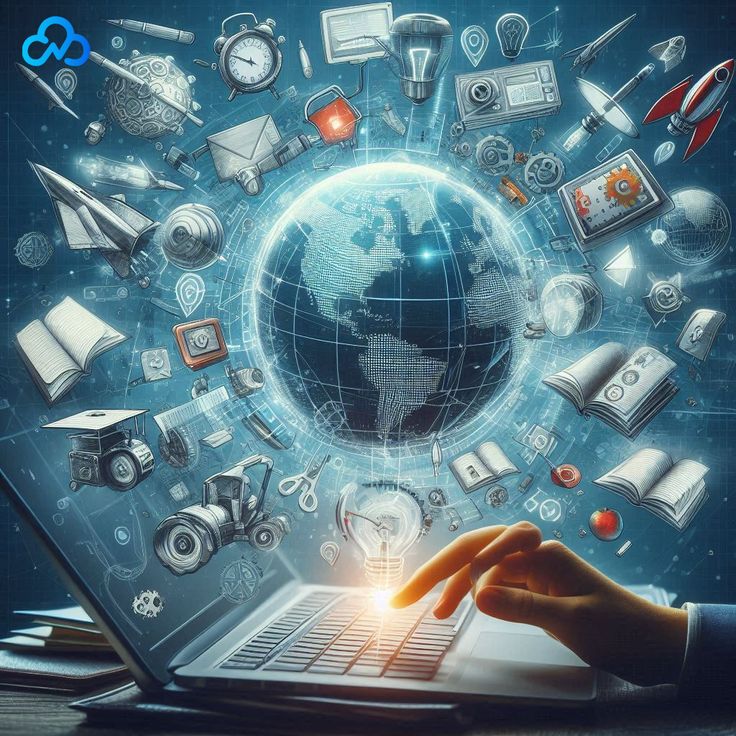How AI and Machine Learning are Redefining Customer Experience in 2024

Artificial intelligence (AI) and machine learning (ML) have been transforming customer experience (CX) for several years, but 2024 marks a new era of personalization and efficiency. By leveraging advanced algorithms and real-time data analytics, companies are able to deliver a customer experience that is faster, more responsive, and more personalized than ever. From predictive analytics to virtual assistants and automated customer service, AI and ML are redefining what customers can expect from their interactions with brands.
Key Areas of Impact
- Hyper-Personalization at Scale
- AI and ML enable companies to provide highly tailored customer experiences based on individual preferences, behaviors, and even real-time interactions. With predictive analytics, brands can anticipate customer needs, preferences, and potential pain points, delivering a customized experience at every stage of the customer journey.
- Example: Streaming platforms like Netflix and Spotify use AI algorithms to recommend personalized content based on past behaviors, resulting in a user experience that feels unique to each individual.
- Enhanced Customer Support with Virtual Assistants and Chatbots
- AI-powered chatbots and virtual assistants have evolved from simple Q&A tools to sophisticated platforms that can handle complex customer queries. These tools can resolve issues faster, direct customers to the right resources, and, in some cases, offer human-like empathy and understanding.
- Example: Retailers use chatbots to assist customers with product recommendations, tracking information, and FAQs, allowing human agents to focus on more complex inquiries.
- Predictive Analytics for Anticipating Customer Needs
- Predictive analytics allows businesses to anticipate customer needs and proactively address potential issues. By analyzing past customer interactions and behaviors, AI can identify trends and patterns, enabling companies to take action before a customer even realizes they need assistance.
- Example: Airlines use predictive models to anticipate delays, sending notifications and rebooking options to customers in real time, thereby minimizing frustration.
- Automated Insights and Real-Time Feedback Loops
- With AI, businesses can analyze customer feedback in real time, identifying trends, common complaints, and potential improvements. This allows for continuous improvement of products, services, and customer interactions.
- Example: E-commerce platforms can analyze reviews and social media comments to adjust product listings or service offerings, enhancing customer satisfaction.
- Omnichannel Experience and Seamless Transitions
- AI and ML enable a cohesive omnichannel experience, where customer data is seamlessly transferred across different touchpoints—website, social media, mobile apps, and physical stores. This integration creates a unified and consistent experience for the customer, no matter how they choose to engage.
- Example: Banks use AI to provide a consistent experience across online banking, ATMs, and in-person interactions, making it easier for customers to access information across multiple platforms.
Benefits for Businesses and Customers
- For Businesses: Increased efficiency, reduced operational costs, better customer retention, and improved brand loyalty.
- For Customers: Faster response times, personalized experiences, proactive solutions, and consistent engagement across platforms.






Responses